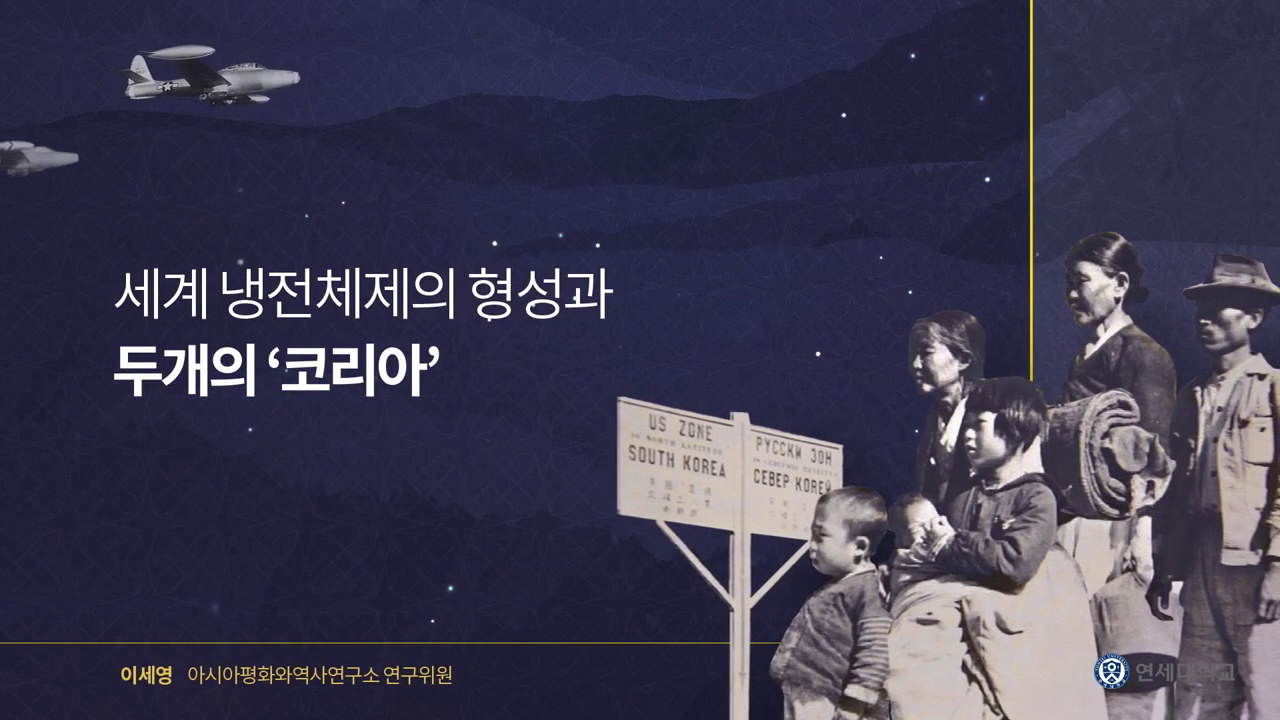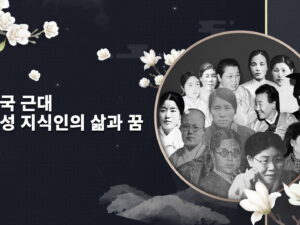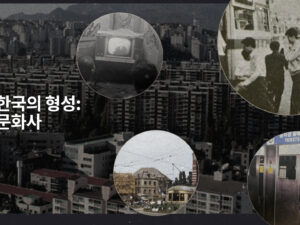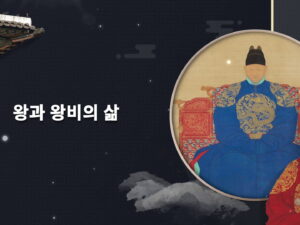The Formation of the Global Cold War System and the Two Koreas
- Description
- Curriculum
- Notice

Course Introduction
This course examines the eight-year history of liberation from 1945 to 1953, the starting point of modern Korean history, to understand the causes that led to the creation of two Koreas. It also examines the heterogeneous development processes of North and South Koreas after the Korean War and seeks for peace and reconciliation on the Korean Peninsula.
Course Structure
This course consists of 11 weeks, 10 weeks of lecture and a week for a final. Each week’s lecture consists of 3 to 5 videos according to the specific themes of the lecture each week. To assist learners in organizing and reviewing the course material covered each week, the course includes non-video learning elements such as quizzes, discussions, and supplementary reading materials. Students are required to watch the weekly lecture videos and complete the learning activities to be recognized as having completed the course requirements each week.
Subtitles
Korean, English, Chinese
-
11-1. Introduction
-
21-2. Policies of the US and the Soviet Union towards East Asia
-
31-3. Three International Conferences: the Cairo Conference, the Yalta Conference, and the Potsdam Conference
-
41-4. Policies the US and the Soviet Union Adopted towards Korea on the Issue of Trusteeship
-
51-5. How the 38th Parallel was drawn / Summary
-
62-1. Introduction
-
72-2. The Committee for the Preparation for National Construction and the People’s Republic
-
82-3. Formation of the Main Political Forces in the South of the 38th Parallel: The Political Right
-
92-4. Formation of the Main Political Forces in the South of the 38th Parallel: The Political Left
-
102-5. Formation of the Main Political Forces in the North of the 38th Parallel / Summary
-
164-1. Introduction
-
174-2. The First US-Soviet Joint Commission and Its Failure to Reach an Agreement
-
184-3. US Military Government’s Failed Attempt to Form a Moderate Group
-
194-4. Debates over Whether to Support or Oppose the Trusteeship System in the North of the 38th Parallel
-
204-5. The Truman Doctrine and the Beginning of the Cold War
-
214-6. The Second US-Soviet Joint Commission and Its Failure to Reach an Agreement
-
225-1. Transfer of the issue of Korea to the UN
-
235-2. Discussions Proceeded in the UN and Activities Carried out
-
245-3. Gathering of the Centrists and the North-South Joint Conference
-
255-4. Protest against a Separate Election and a Separate Government in the South: the Jeju Uprising of April 3 and the Yeosu-Suncheon Rebellion
-
265-5. Birth of the Two Koreas
-
276-1. Socioeconomic Situation under the US Military Government
-
286-2. Economic Policies of the US Military Government
-
296-3. The General Strike of September and the People’s Uprising of October
-
306-4. How the Political Forces Sought to Resolve the Problem of Farming and the Farming Land Reforms
-
358-1. Changes in the South Korean Political Landscape between 1948 and 1950 and Rhee Syngman’s Argument for Unification by Advancing North
-
368-2. Military Conflicts That Occurred around the 38th Parallel and a So-called Small War
-
378-3. Argument for the Consolidation of National Territory and North Korea’s Preparation for the War
-
388-4. Changes of the International Political State of Affairs in 1949 and the Approval of the War
-
398-5. Summary
Se Young Lee
Researcher of the Asia Peace & History Institute
Lee, Se Young. “The Formation of ‘Socialist’ Workers and Changes in Production Sites in North Korea (1945-1960).” PhD diss. Younsei University, 2020.
Lee, Se Young. “The Increase and Decrease of Soviet Influence and the Response of North Korean Workers in the 1950s.” Donghang hakji 193 (2020): 269-298.
Lee, Se Young. “Establishment of Workplace Cultural Facilities and Worker's Cultural Activities in North Korea (1945~1950).” Yeoksa munje yeongu 26, no. 1. (2022): 59-92.










